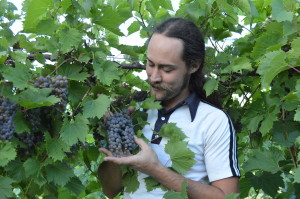
Viticulture instructor, Lucas McIntire, is shown in the Kirkwood Community College vineyard before grape harvest in mid-August. (photo/Cindy Hadish)
CEDAR RAPIDS – Who can blame Kirkwood Viticulture Instructor, Lucas McIntire, for being in what I can only describe as a state of grape Nirvana.
At our most recent class, the weather was Iowa-perfect and early grapes were good to go, allowing us to not only harvest the fruit of the vineyard, but to take the next step and make wine.
Tasting the grapes has been one of the high points in our eight-month course so far. Each variety ripens at different times, but the Frontenac Blanc, in mid-August, was already ready. Even having a harvest of this grape was remarkable, as it was just planted in 2012, making the wine made from these grapes undoubtedly the first in Iowa.
We used grape refractometers to test the sugar percentages in the grapes, using a small piece of fruit smudged on the hand-held device and holding it to the light. The Frontenac Blanc was already at 25 percent, while other varieties needed more time to ripen.
Another handy device is a grape fork, used to easily cut grape clusters from the vine. We harvested just over 60 pounds of Frontenac Blanc, enough to make a small batch of wine. The wine-making is beyond my expertise, but definitely one where Lucas excels. Find related articles here and see images of the process below:

A refractometer is held to the sunlight to check the sugar level in the grapes. (photo/Cindy Hadish)
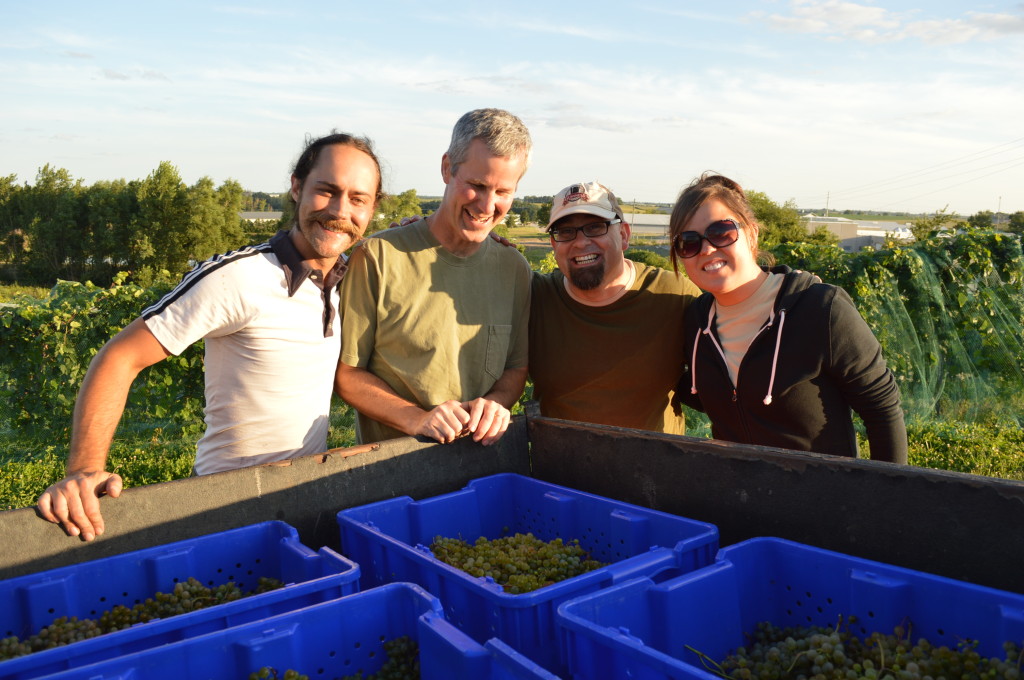
Part of the Kirkwood Community College viticulture class show the harvest of Frontenac Blanc grapes in August 2013, in Cedar Rapids, Iowa. (photo/Cindy Hadish)
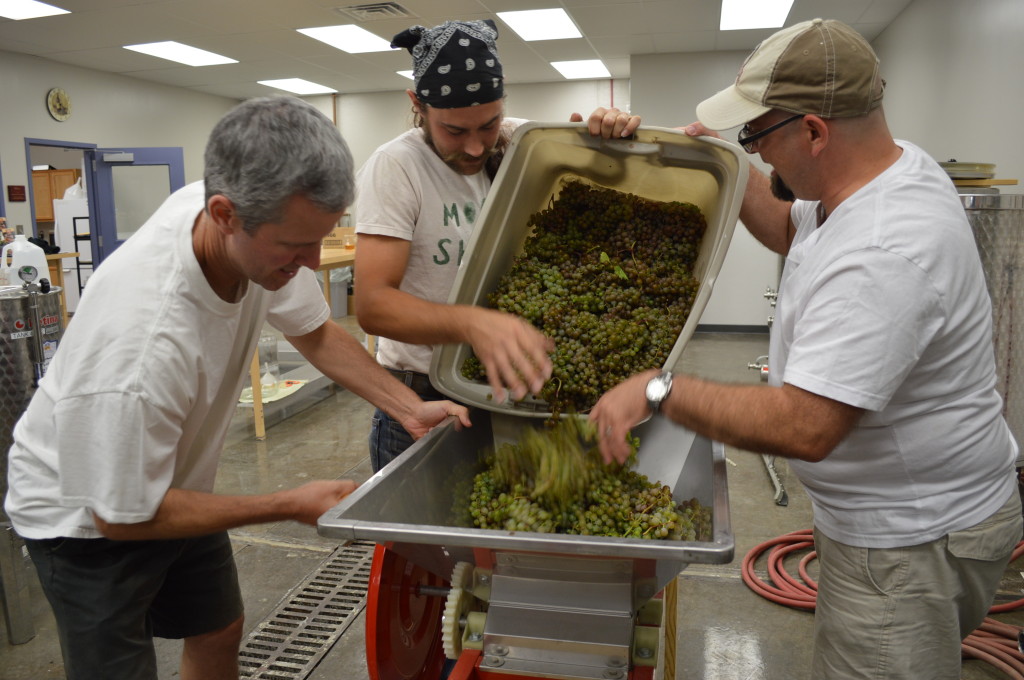
Frontenac Blanc grapes are poured into a field presser at Kirkwood Community College. (Photo/Cindy Hadish)
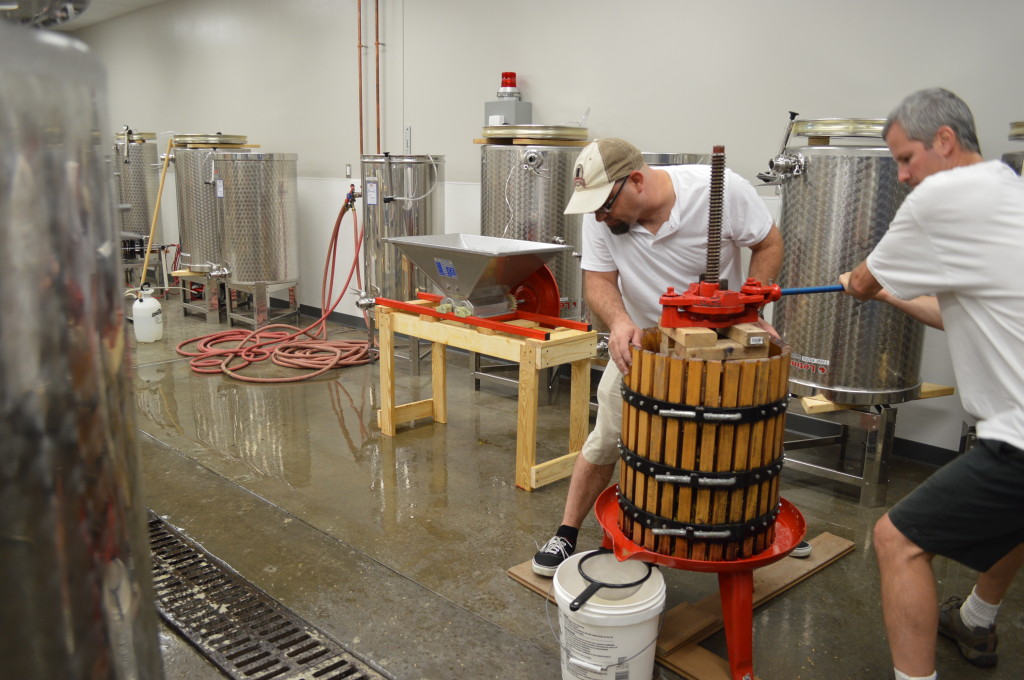
Classmates work the grape press at Kirkwood Community College as part of the wine-making process. (photo/Cindy Hadish)
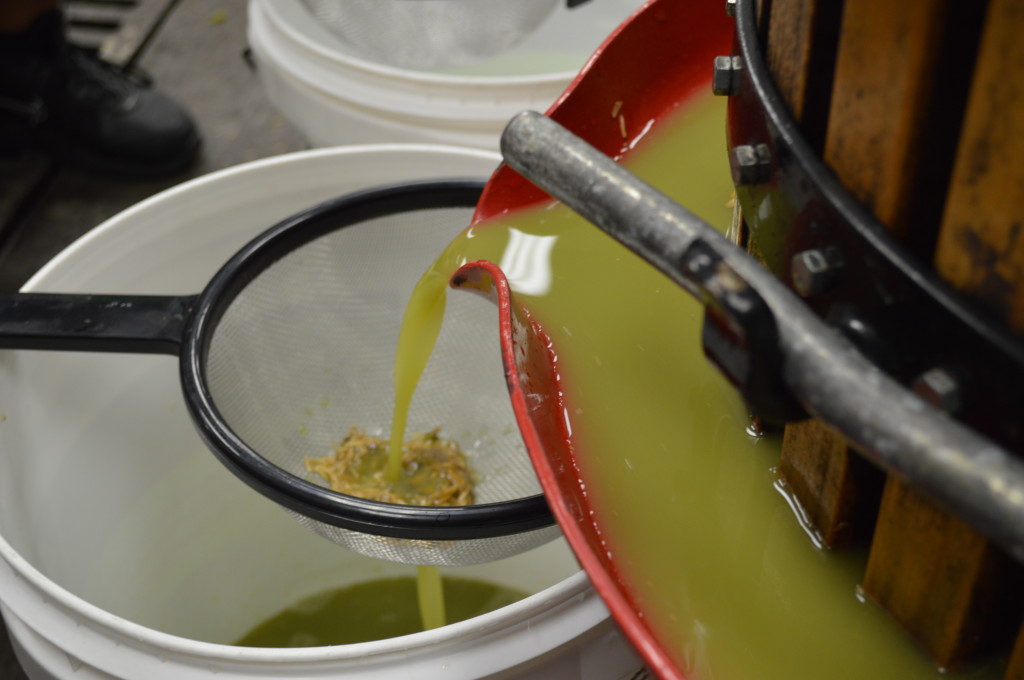
Grape juice flows from the press through a strainer to remove rice hulls and grape skins. (photo/Cindy Hadish)
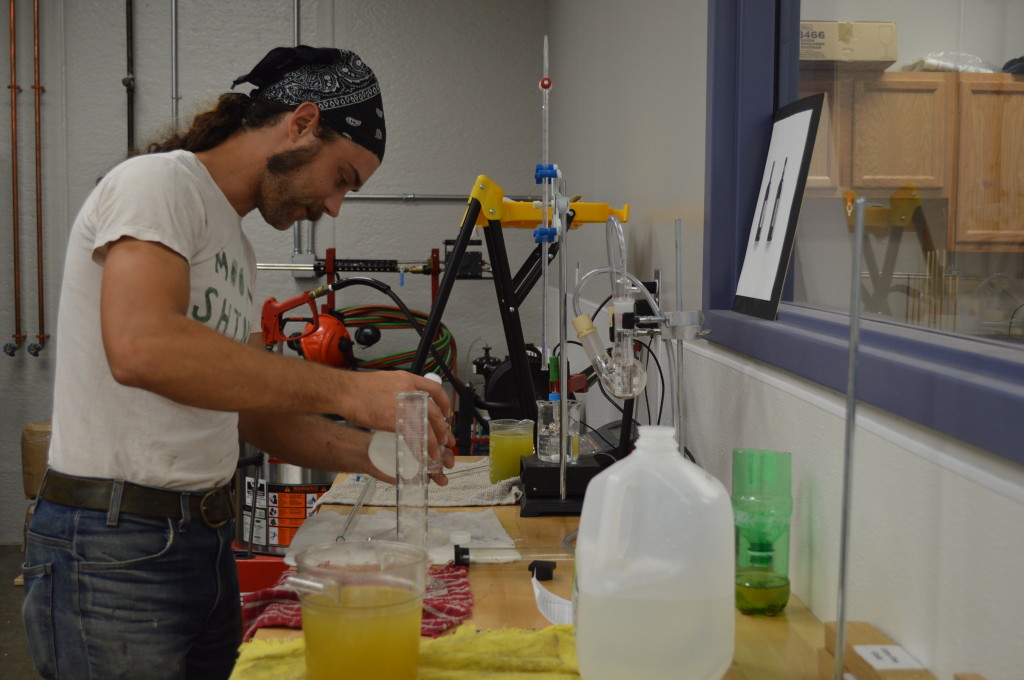
Viticulture instructor, Lucas McIntire, handles the chemistry portion of wine-making during class at Kirkwood Community College in Cedar Rapids. (photo/Cindy Hadish)
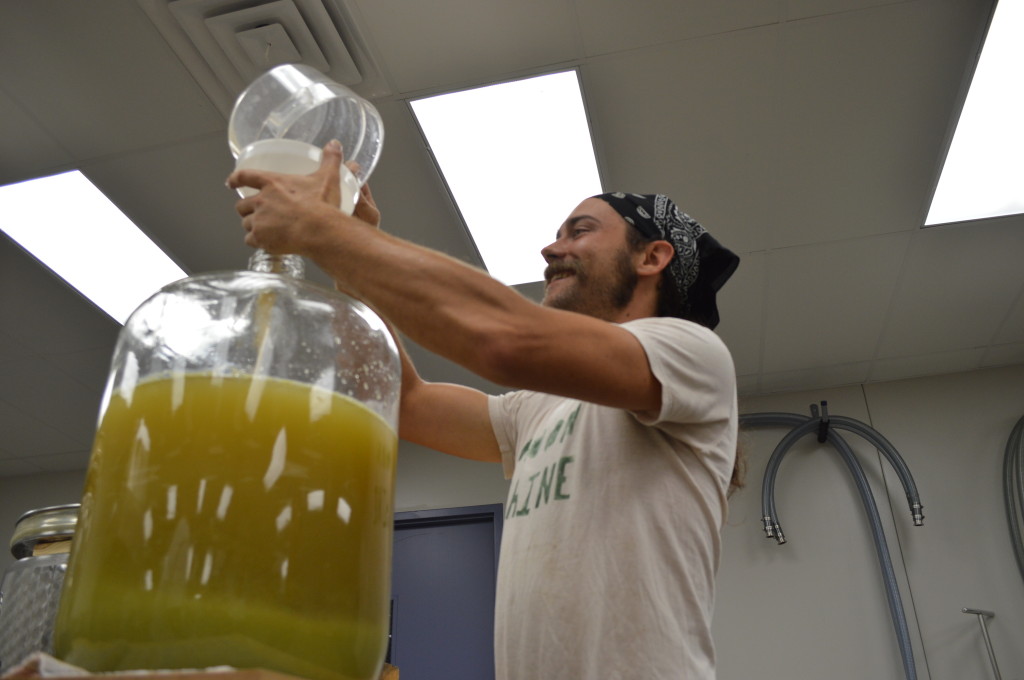
The finished product, likely the first Iowa-grown Frontenac Blanc wine, poured at Kirkwood Community College in August 2013. (photo/Cindy Hadish)

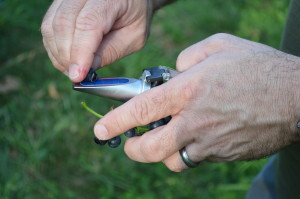
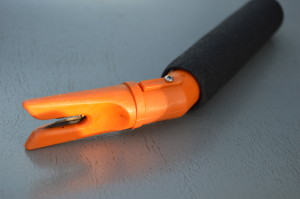
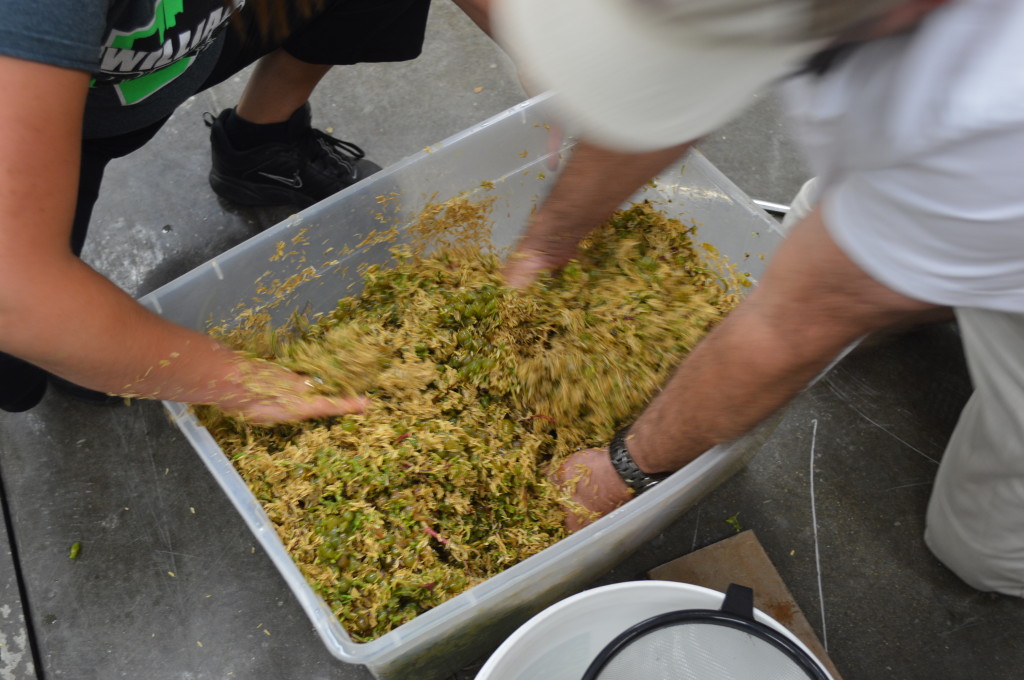
No Comments Yet